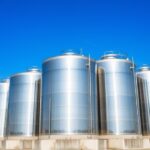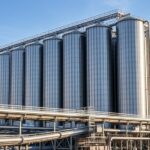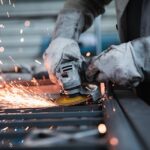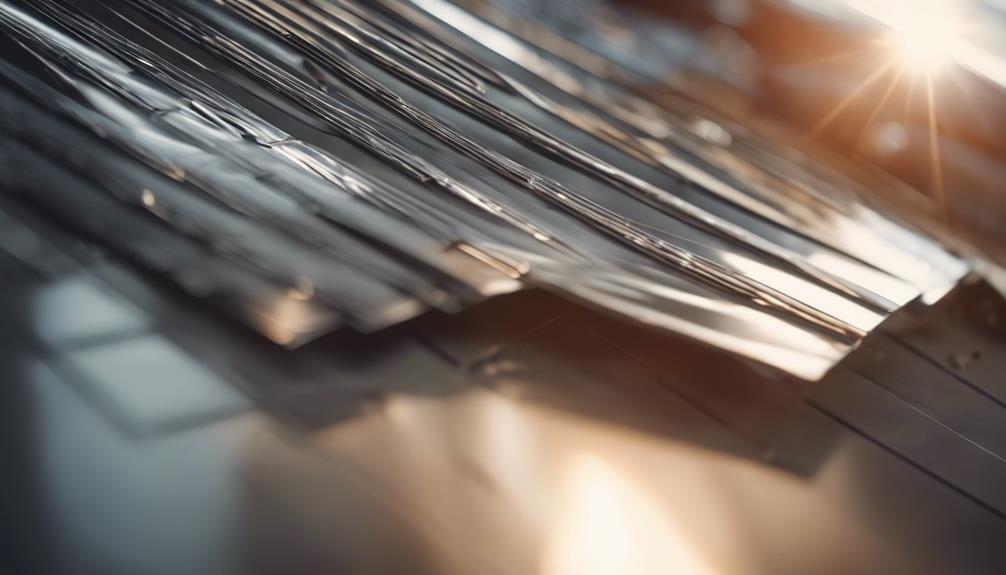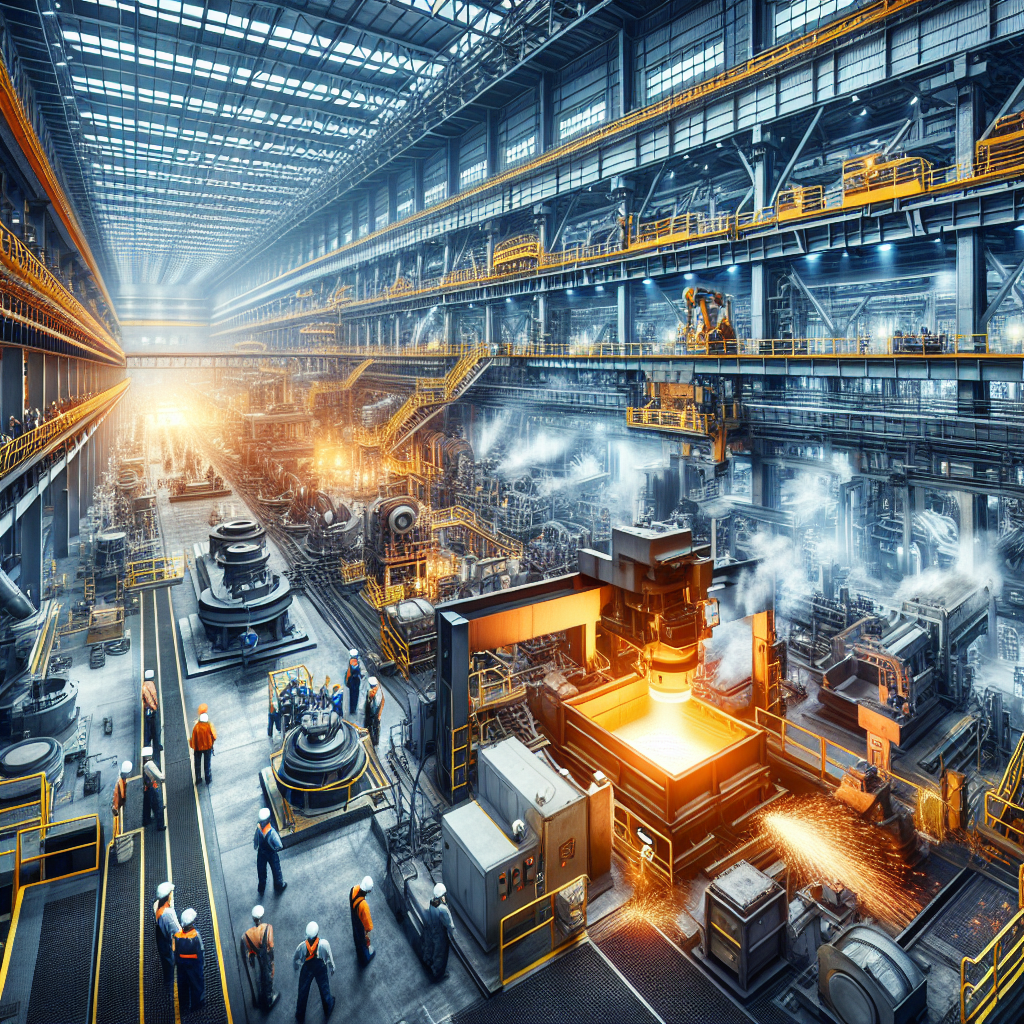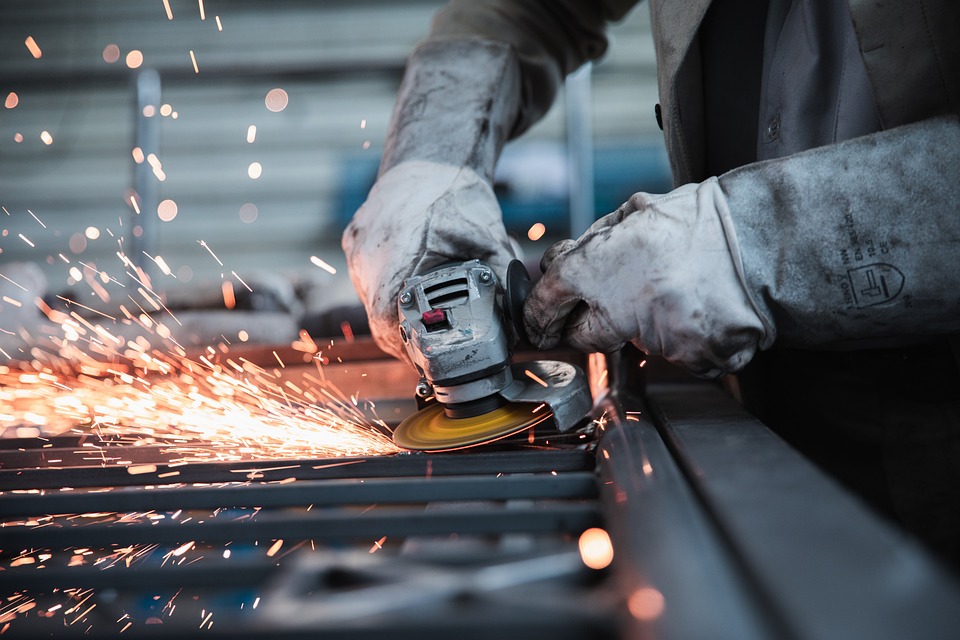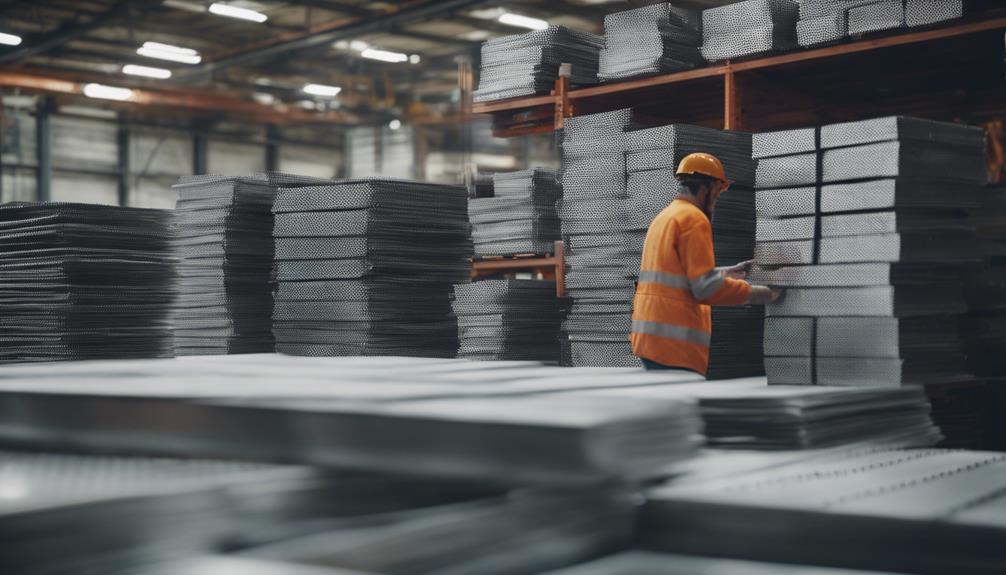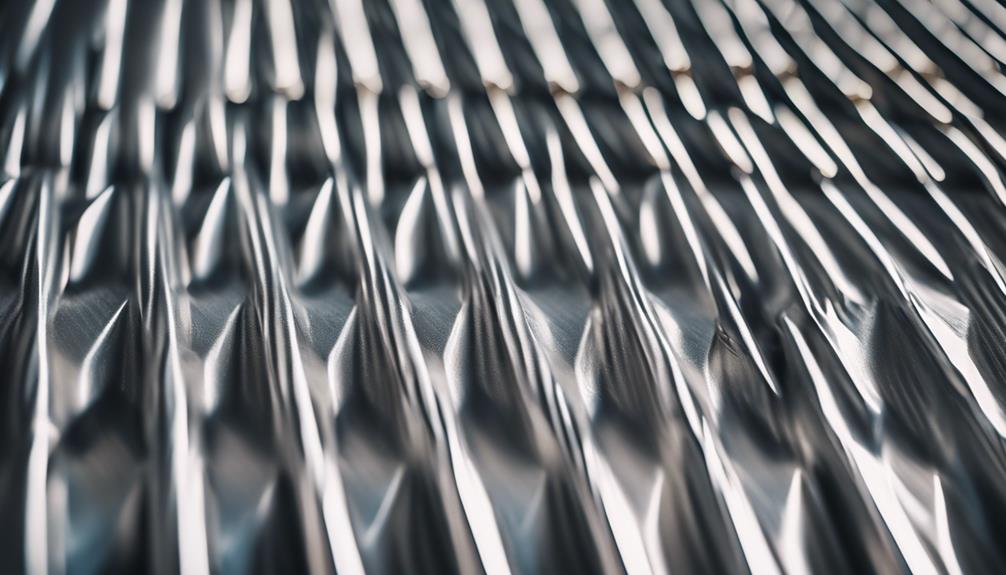Metal sheeting, such as steel and aluminum, is highly versatile and durable, offering strength in industrial settings and corrosion resistance, respectively. Different thicknesses, lengths, and material choices cater to a variety of structural needs, while meticulous attention to detail during installation guarantees a secure and aesthetically pleasing outcome. Regular maintenance, including cleaning and applying protective coatings, enhances durability. Explore further to discover cost analysis, environmental impact, innovations, and more in the domain of metal sheeting.
Key Takeaways
- Metal sheeting offers versatility and durability for various construction projects.
- Different types of metal sheets include steel, aluminum, cold-rolled steel, and galvanized steel.
- Consider metal sheet thickness, length, and width to match project requirements.
- Installation requires attention to detail, specific handling, and precise measurements.
- Maintenance involves regular cleaning, rust inspection, protective coating application, and professional care.
Benefits of Metal Sheeting
Metal sheeting stands out as a versatile and durable construction material, offering a myriad of benefits for various applications. Steel, aluminum sheet metal, cold-rolled steel, and galvanized steel are common materials used in metal sheeting. Steel sheet metal, known for its strength, is often used in industrial settings where importance is paramount. Aluminum sheet metal is lightweight and corrosion-resistant, making it ideal for outdoor projects. Cold-rolled steel provides a smooth finish and is commonly used for decorative purposes. Galvanized steel is coated with zinc to enhance its corrosion resistance, making it suitable for roofing and siding in harsh environments. Overall, metal sheeting offers excellent durability, strength, and aesthetic appeal for a wide range of construction projects.
Types of Metal Sheeting
An array of diverse options exists when considering the types of sheeting materials available for construction projects, each offering unique characteristics and advantages. Metal sheeting comes in various thicknesses, including 0.0179 in, 0.019 in, 0.02 in, 0.025 in, and 0.0299 in, catering to different structural requirements. Different metal sheet products also vary in lengths, such as 12 in, 18 in, 24 in, 30 in, and 36 in, providing flexibility for various project sizes. The width of metal sheets can vary based on the product, with examples like 24 in. x 24 in., 24 in. x 48 in., and 36 in. x 36 in. Popular metal sheet materials like aluminum, brass, copper, and galvanized steel offer a blend of design, durability, and flexibility for a wide range of applications.
Considerations for Metal Sheeting
When selecting metal sheeting for a construction project, it is essential to carefully consider various factors to guarantee maximum functionality and durability. Metal sheet thickness, which typically ranges from 0.0179 in to 0.0299 in, plays a significant role in determining the sheet's strength and suitability for different applications. Additionally, the length and width of the metal sheet are important considerations, with products available in various dimensions such as 12 in, 18 in, 24 in, 30 in, 36 in, and options like 24 in x 24 in, 36 in x 36 in, and 24 in x 48 in. It is vital to match the metal sheet specifications to the requirements of the industrial applications, such as duct work, siding, roofing, and decorative interior walls.
Installation Guide for Metal Sheeting
To effectively install metal sheeting for your project, meticulous attention to detail and precision are paramount. When considering the installation guide for metal sheeting, it is important to understand the specific application of the sheets. Whether used for duct work in industrial settings or for decorative purposes in interior design, the installation process varies. Different types of metal sheets, such as solid, decorative, expanded, perforated, or tread plate options, require specific handling during installation to guarantee a secure and aesthetically pleasing outcome. Prioritize proper measurements, cutting techniques, fastening methods, and sealing processes to assure a successful installation that meets both functional and design requirements.
Maintenance Tips for Metal Sheeting
Regular maintenance of metal sheeting plays a pivotal role in guaranteeing its longevity and peak performance. To keep metal sheeting in top condition, it is essential to clean it regularly using a gentle detergent and water, inspecting for rust or corrosion, and promptly addressing any issues. Applying a protective coating or sealant can enhance the metal's durability and resistance to environmental elements. Avoid abrasive materials and harsh chemicals during cleaning to prevent scratches or surface damage. Considering professional maintenance services can also help ensure proper care and prolong the lifespan of the metal sheeting, ultimately saving time and costs in the long run.
Cost Analysis of Metal Sheeting
The cost analysis of metal sheeting varies greatly depending on factors such as material type, thickness, and size, with prices typically ranging from $4.45 to $100 per sheet. Steel sheet is a popular choice for metal sheeting due to its durability and strength. Plate sheet metal, particularly plain steel, is commonly used in construction projects for its versatility. Expanded sheet metal offers enhanced ventilation and drainage capabilities, making it suitable for applications like walkways and fencing. Metal roofs, often made of steel or aluminum sheeting, are known for their longevity and resistance to harsh weather conditions. Considering these factors, the cost of metal sheeting can vary significantly, with factors like material quality and finish also influencing pricing.
Comparison With Other Roofing Materials
Metal sheeting stands out among roofing materials for its exceptional durability and longevity compared to alternative options. Its ability to withstand harsh weather conditions like wind, rain, and snow makes it a reliable choice for long-term protection. Additionally, the material's lightweight nature does not compromise its strength, offering practicality in roofing applications. While metal sheeting may come with a higher initial cost, it provides cost savings over time due to its low maintenance requirements. This cost-effectiveness, coupled with its resistance and longevity, makes metal sheeting a superior choice for roofing projects where durability and long-term performance are essential.
Environmental Impact of Metal Sheeting
An environmentally conscious choice, metal sheeting offers a sustainable roofing solution with its recyclability and energy-efficient production process. Metal sheeting is 100% recyclable, maintaining its quality through multiple recycling processes. Its production demands less energy compared to materials like plastic or wood, making it an energy-efficient option. The reflective properties of metal sheeting can lower energy costs by reducing the need for air conditioning through heat reflection. Additionally, its durability guarantees a long-lasting roofing solution, decreasing the need for frequent replacements and minimizing waste. Opting for metal sheeting with a high recycled content further enhances its sustainability by reducing the reliance on new raw materials.
Innovations in Metal Sheeting Technology
With the evolution of metal sheeting technology, what groundbreaking advancements have revolutionized the industry's capabilities and applications? Innovations in metal sheeting have expanded the range of materials available, now including aluminum, brass, copper, and galvanized steel finishes. The introduction of different thickness options, varying from 0.0179 in to 0.0299 in, provides versatility for diverse project requirements. Specialized products such as diamond tread aluminum sheets have been developed, offering increased durability and traction for specific needs. Furthermore, advancements in metal sheeting technology have led to the creation of decorative, expanded, perforated, and tread plate sheet metal, allowing for a wide array of design choices across various applications, from duct work and roofing to kitchen cabinets and decorative interior walls.
Frequently Asked Questions
What Is the Cheapest Type of Sheet Metal?
The cheapest type of sheet metal available is cold rolled steel. It is commonly used for automotive panels, tool boxes, and fuel tanks. With a smooth surface suitable for painting and various thickness options, it is a cost-effective choice for durable projects.
What Is Metal Sheeting Used For?
Metal sheeting finds various applications in industrial settings for duct work, roofing, and flashings. Additionally, it is utilized decoratively for interior walls, kitchen cabinets, and arts and crafts projects, offering a blend of functionality and aesthetic appeal.
How Thick Should Sheet Metal Be?
The appropriate thickness for sheet metal depends on the specific application's structural demands. Factors such as load-bearing requirements, durability, and intended use must be considered when determining the best thickness to guarantee the material's performance and longevity.
How Much Does a 4×8 Sheet of 16 Gauge Steel Weight?
A 4×8 sheet of 16 gauge steel weighs approximately 110 pounds. Steel sheets are commonly used in fabrication, construction, and automotive applications due to their durability, strength, and corrosion resistance. Understanding their weight is essential for transportation and installation.


